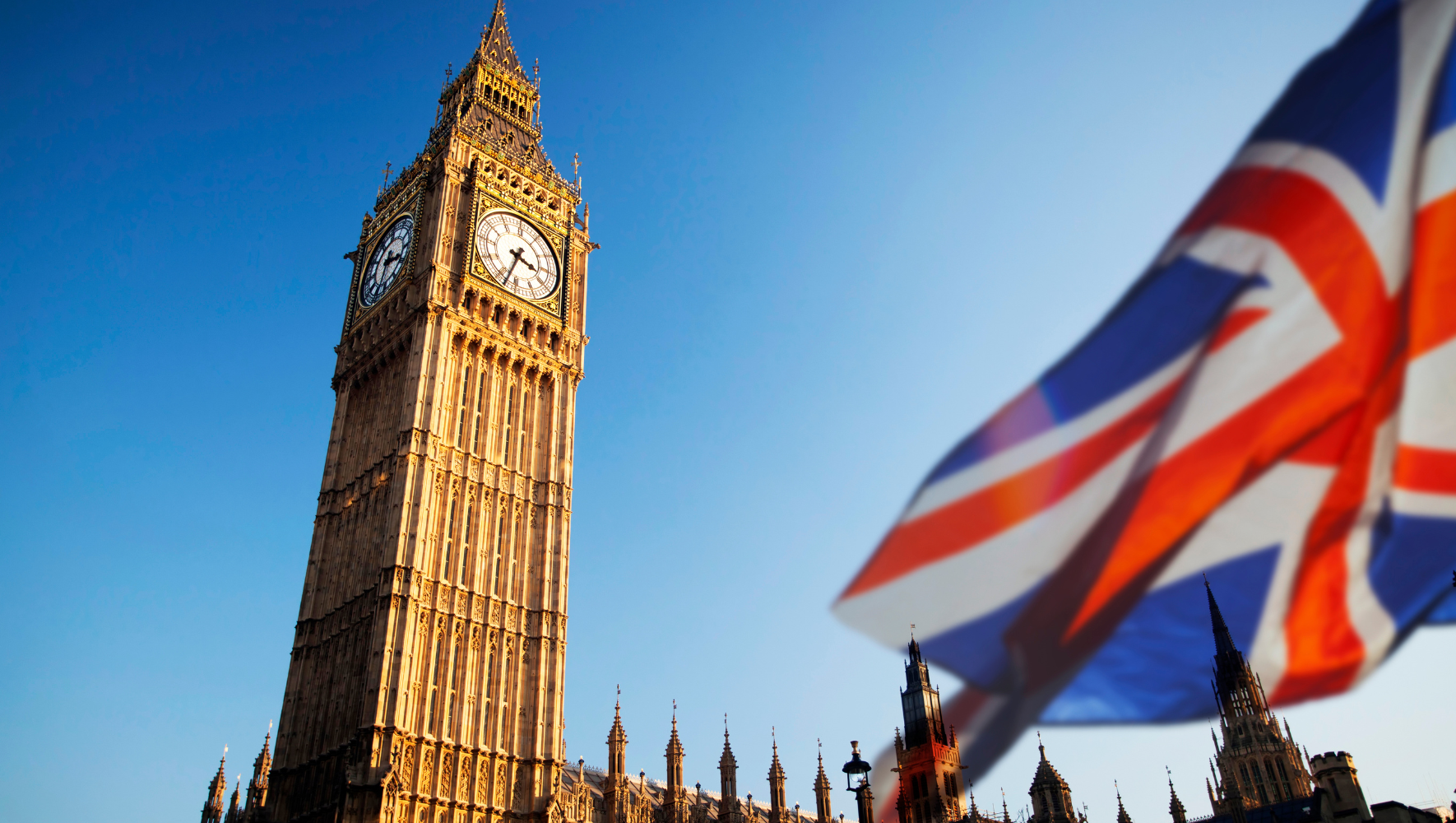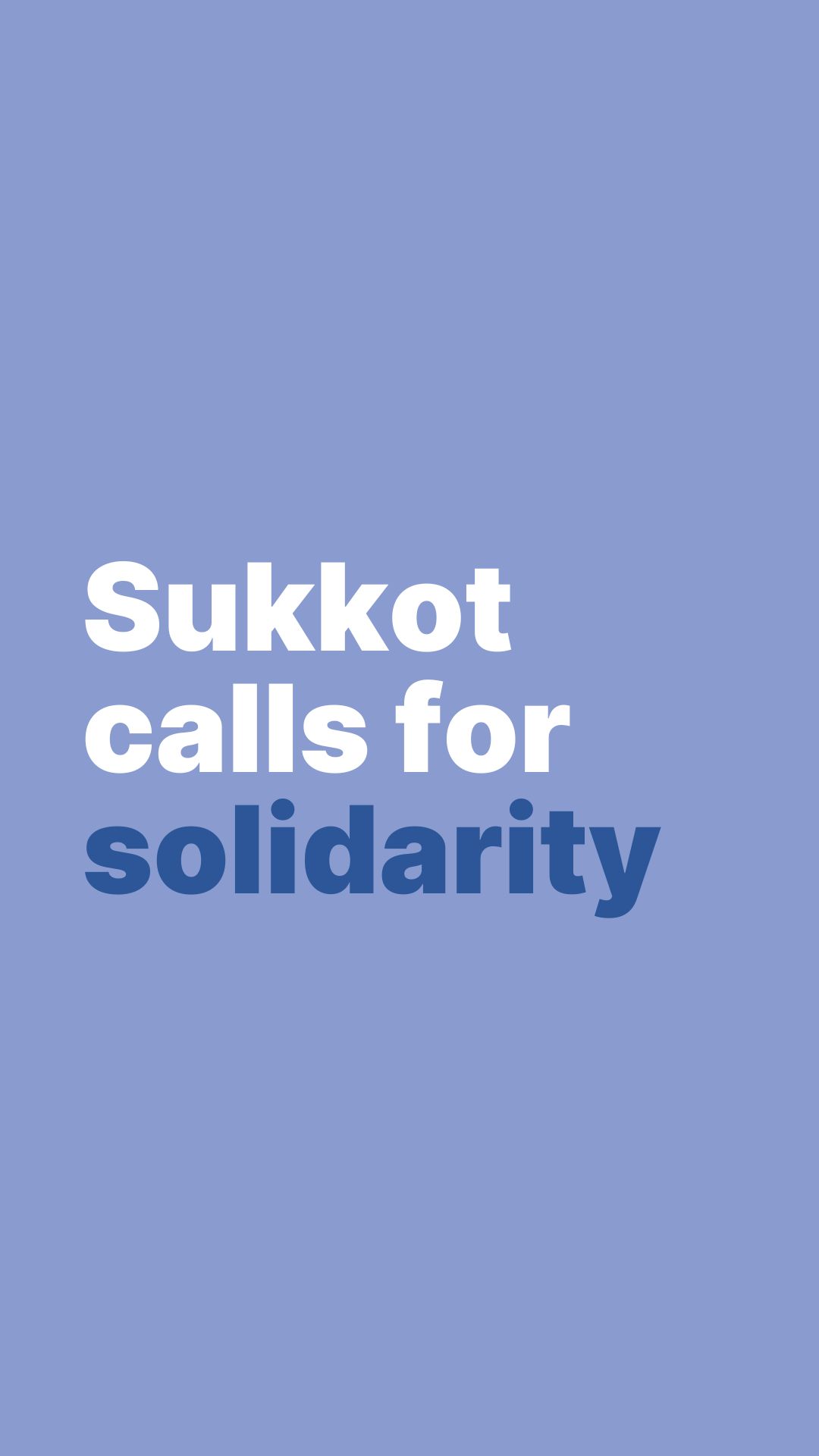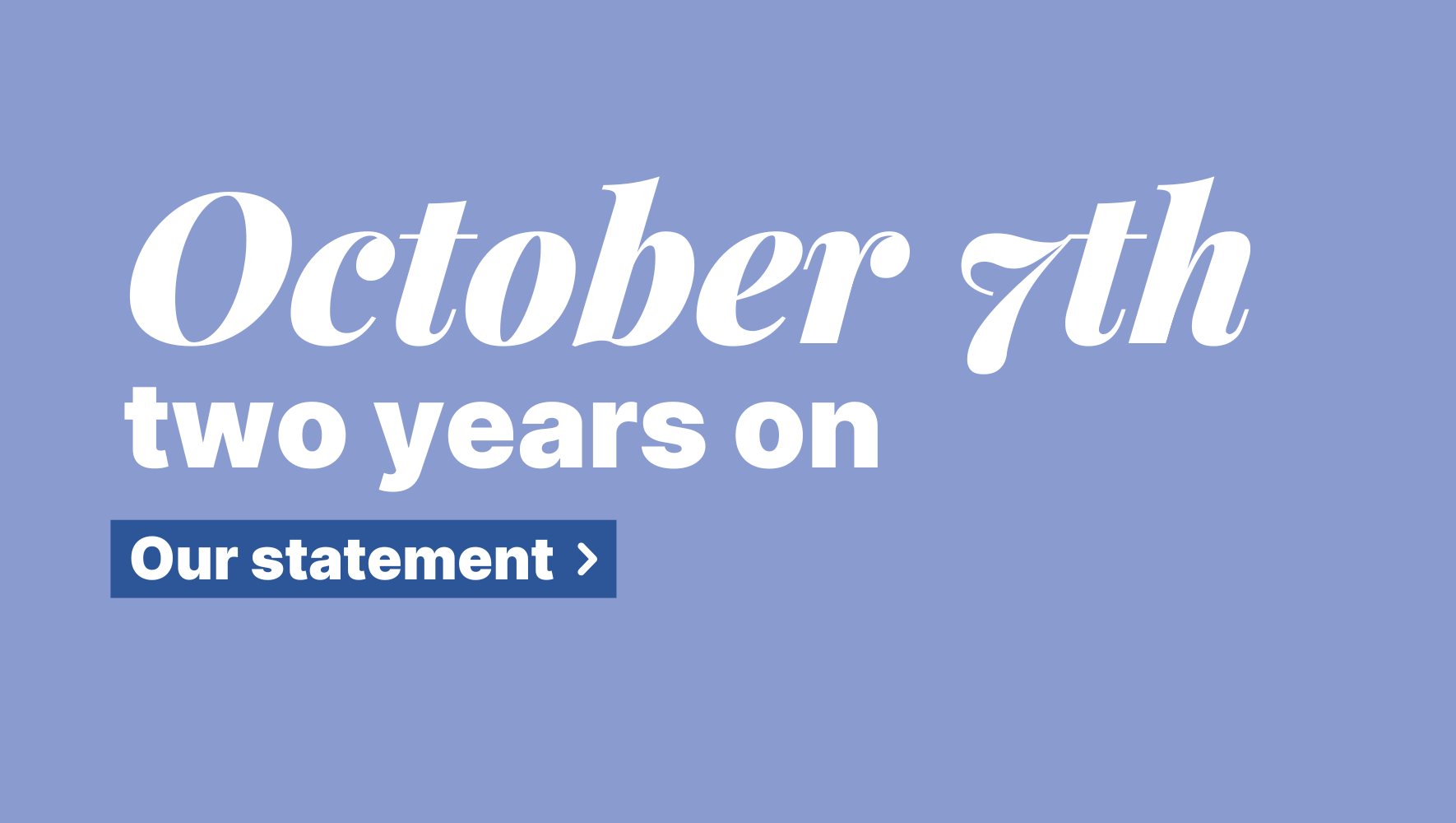
Safe routes provide a vital way for people who need sanctuary to reach the UK. They prevent refugees from being forced into taking dangerous journeys to safety – which put them at serious risk of human rights abuses – and are an orderly way for states to uphold their responsibility to protect displaced people.
Despite this, the UK’s efforts to prevent irregular crossings have focused too heavily on deterrence, like the thankfully abandoned Rwanda plan, rather than more humane and effective solutions.
Read on to learn about what safe routes the UK has in place, the impact introducing additional schemes could have, and the policy changes HIAS+JCORE is calling for.
Why are safe routes so important?
A record 123.2 million people worldwide have been forcibly displaced. The vast majority are either internally displaced within their own country (73.5 million people) or are hosted in a neighbouring country (67% of the world’s refugees and people needing international protection).
But it’s vital that wealthy countries, like the UK, do their fair bit to step up and support displaced people. It’s clear that we’re not currently doing enough: just 7,815 people were resettled here in 2024. And while there are some pathways in place for people to safely reach the UK, these are limited, narrow, and restricted to certain nationalities. Most refugees are unable to apply.
The evidence for introducing safe routes
When safe routes are introduced, the impact is clear. Since the UK introduced two bespoke schemes for Ukrainians (which provide protection, but not refugee status), just seven people from Ukraine have entered the UK via small boat.
Those without such pathways have alternatives to extremely dangerous crossings. Tragically, at least 77 people drowned in the Channel in 2024, the highest number since records began. New and expanded safe routes would play a crucial part to preventing such deaths in future.
What safe routes are there to the UK?
Resettlement programmes
The UK Resettlement Scheme (UKRS) has operated since 2021. It provides a pathway for refugees from around the world without geographical constraint.
Two smaller resettlement programs include the Mandate Scheme for refugees with a close family member already in the UK and the Community Sponsorship Scheme.
In the year ending June 2025, the Government resettled just 872 people through the UKRS, Mandate Scheme, and Community Sponsorship combined.
Bespoke schemes
- Ukraine
The UK currently has two routes giving Ukrainians temporary protective status here. The first, Homes for Ukraine, permits individuals in the UK to host and sponsor a Ukrainian. And second, the Ukraine Permission Extension scheme, which opened on February 4, 2025, and allows Ukrainians already living in the UK with existing permission to apply for an 18-month extension.
The previous Ukraine Family Scheme closed in February 2024 and had been one of the primary routes for eligible Ukrainian nationals to join family members in the UK. As of June 2025, around 227,000 Ukrainians had arrived through Ukraine specific schemes.
- Hong Kong
In January 2021, the UK government introduced the British National (Overseas) visa in response to China’s implementation of the National Security Law in Hong Kong. This route allows those with British National (Overseas) status, along with their close family members, to live, work, and study in the UK. Visa holders are eligible for indefinite leave to remain once they have been in the UK for five years. 166,300 people have arrived using this scheme.
- Afghanistan
The UK closed its Afghan Resettlement Programme on 1 July 2025. A total 34,626 people were resettled or relocated through the scheme, which opened in 2021.
Refugee family reunion
Family reunion allows people who have already reached safety in the UK, and subsequently received refugee status, to bring immediate family members to join them.
However, on September 1, 2025, the UK government announced that refugee family reunion would be majorly overhauled, with the programme suspended until Spring 2026. Refugees who would like to reunite with family members now must apply through the standard family visa, which has a minimum income requirement of at least £29,000.
This decision closes one of the only safe routes that allowed refugees to enter the UK. It will subsequently likely push more people, including women and children who made up 92% of family reunion applicants in the most recent year, into taking dangerous journeys in small boats.
“One in, one out” deal
In July 2025, the UK announced a new ‘one in, one out’ deal with France. The pilot scheme will see some irregular arrivals to the UK returned to France, and in turn, a new safe route will be created to enable displaced people in France to enter the UK. As such, it is one the few pathways open under this Government. However, it has been reported that initially just 50 people will be brought to the UK per week. Anyone arriving here via small boat could be at risk of return, except for unaccompanied children.
The scheme has strict eligibility requirements. People in France will be screened, subject to full documentation checks, and must never have previously attempted to cross the Channel. It is believed that families and those with close relatives already in the UK will likely be prioritised.
What are we calling for instead?
- Refugee family reunion to immediately be re-opened.
- Family reunion criteria to be expanded, so that children can sponsor their relatives and adults sponsor their parents.
- The Home Office to move away from simply implementing ad-hoc pathways like in the cases of Ukraine and Afghanistan. Instead, we need the Government to open up safe routes that can be accessed by people in need of sanctuary, without restrictions based around their country of origin. This will help reduce the number of people arriving via dangerous small boat crossings who have no other options available to them.

A new approach or more of the same? Migration after the Local Elections
Read More


